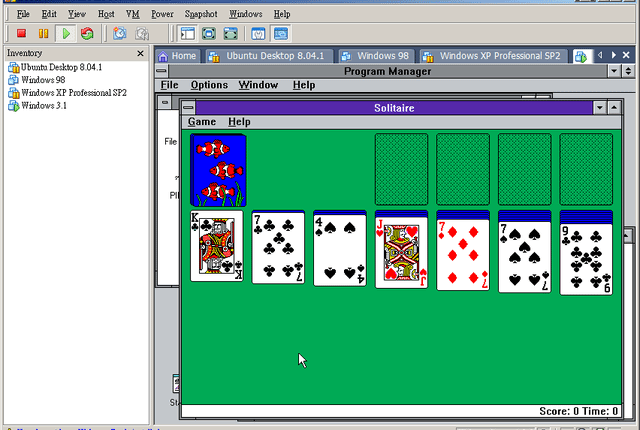What is the true purpose of the “Scarves” and “Minesweeper”

Solitaire Solitaire, Free Cell, and Minesweeper are popular games that are included in the basic Windows kit. These are fairly simple but exciting games: some people are willing to play for hours without stopping.
Although the games are exciting, few people know for what purpose they were developed .
The oldest of these, the Scarf, appeared in Windows 3.0 in 1990. Although this game was invented at the end of the 18th century, the digital age has shown that it is not necessary to have a real deck for a simple card game. But the true purpose of the “Scarves” was completely different. It is much more modest: quietly teach people how to use the mouse confidently.
The goal of Solitaire Solitaire was to let a whole generation of computer users, accustomed to the text-based command line interface, teach themselves drag-n-drop concepts without even realizing it. Users are still pulling shortcuts from place to place, and this fact proves that the plan worked.

Logical puzzle with numbers "Minesweeper" also had a certain task. It appeared on mainframes in the 60-70s, where the version called "Cube" gained wide popularity. After several decades, in 1992, the version of Sapper from Microsoft appeared in Windows 3.1 - not at all to demonstrate that Windows is such a great gaming system, but to train users with precision mouse control.
If you think that covert user training with games is just a coincidence and conspiracy theory, look at Windows for Workgroups 3.1, the first version of Windows with network support. There Microsoft added a game called Hearts, which using NetDDE technology could communicate with other clients on the local network. This is not a coincidence at all. With the help of the game, Microsoft demonstrated to users new features of the operating system, tried to educate and interest them.
In the end, "Free Cell." It came out for Windows 3.1 as part of the Microsoft Entertainment Pack Volume 2 and came bundled with the Win32s package, which ran 32-bit applications on the 16-bit version of Windows 3.1. It was a touchstone with which Microsoft tested Win32s. If the package was not installed correctly, then the "Free cell" did not start. What people thought was a game was actually a hidden system test.
Over time, people were so used to these games that Microsoft decided to leave them in future versions of the OS, although they had already completed their tasks. Only in 2012 Windows 8 appeared without games: users were offered to download solitaire (Solitaire Collection) and Minesweeper separately, and for the version without ads it was necessary to pay.
In the most recent version of Windows 10, Microsoft returned the Scarf . If you search for other games in the search bar, the user will be shown links to the Windows Store, from where these games can be downloaded. Maybe this is also no coincidence - a great motivation for users to find out how the Windows Store works. Perhaps hidden learning is still ongoing, many years later?
via mental_floss
